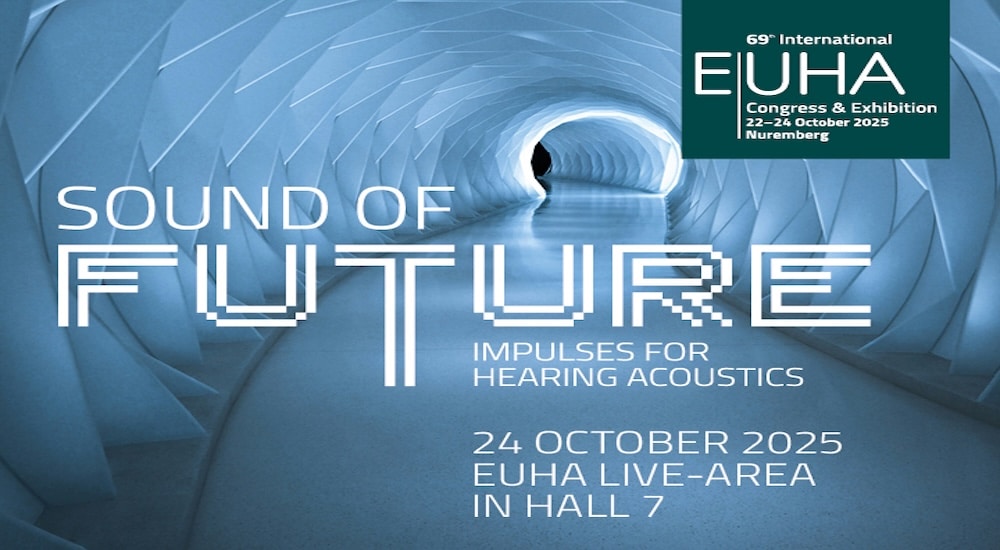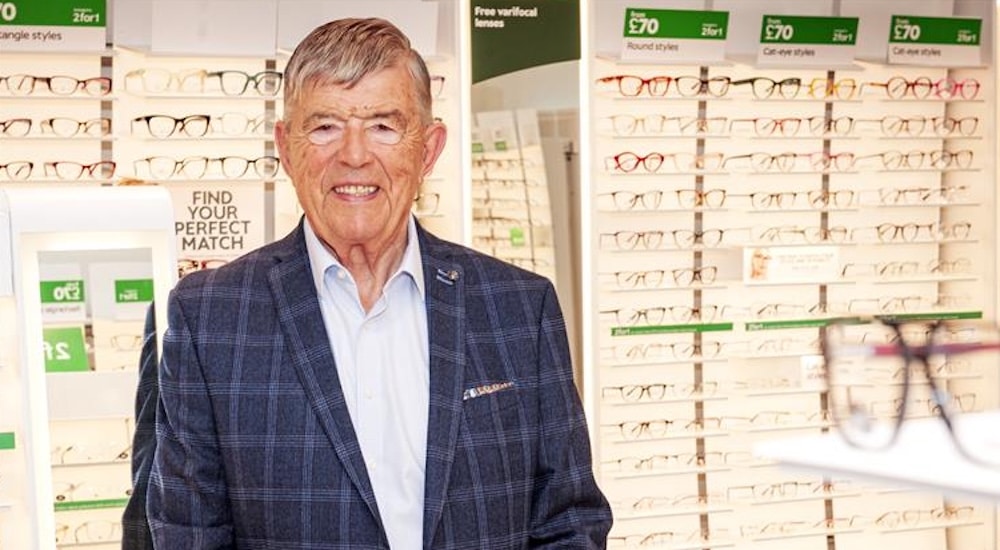WHERE DO WE GO NOW? Audio Infos columnist Raúl García-Medina on the changing landscape for audiology practices.
clinicians
One of the main things we have learned during this pandemic is resilience and rapid adaptability to change, particularly in our health systems.

Those organisations that view compliance as an opportunity are in the innovation race. They are not only having to innovate; they are having to apply those innovations at a staggering rapid pace. It is sink or swim for most, and our society at large is at stake, not only healthwise but also financially.
The business landscape is changing once more. Increasingly, shops are vacating their premises, and one can only imagine what the high street might look like once we return to our new normal.
The healthcare landscape has also changed. Our NHS has been pushed down to its knees and the private healthcare sector has suffered tremendously too. Like other healthcare providers, audiologists have adopted technologies and other advancements swiftly in order to survive.
Digital health has spearheaded change in various ways. How our patients access our services and how we deliver them has transformed, but it does not stop there. We are seeing a rapid proliferation of remote diagnostic tests, and patients, rightly so, are gaining increased access to their health information, which in turn revolves the innovation door. This is creating a divide between what is actually required from audiologists to adapt hearing instruments remotely and what can be achieved if the patient were to be seen in the clinic.
The end of days for audiogram and fitting
Are you relinquishing your clinical offering whilst servicing patients remotely? Are you investing in broadening your diagnostic and rehabilitation services not just audiologically but to involve other areas impacted by hearing deficits? Or are you going for a combination of the two?
Whichever it is, the days of performing a pure tone audiogram alone and fitting hearing instruments should be coming to an end. Is it now time to rethink and review our hearing evaluation standards, the nomenclature that we utilise, our best practices, and to question whether the current gold standard test in audiology is antiquated (not obsolete)?
Is there a new ‘king’?
If you have not done so already, I strongly urge you to read the following two articles in the January 2021 issue of The Hearing Journal: Kozin et al, ‘Rethinking the Standard Approach to Audiometric Testing’*; and Glick & Sharma, ‘The Brain on Hearing Aids: Can Treatment with Hearing Aids Improve Neurocognitive Function in Age-Related Hearing Loss?’**. One can only agree with Kozin et al., not just in respect of the iterations made regarding the advancement and innovation in the hearing space but also, although not new, their alluding to the questionable label of ‘normal hearing’ while employing a some 100-years-old pure tone audiometry test, and questioning whether it can remain ‘king’ for much longer.
Glick & Sharma’s article, which marries well with that of Kozin et al., also brings us the need to look beyond the audiogram when considering the need for amplification. Furthermore, the authors open up the possibility that early treatment, with well adapted hearing instruments to individuals with mild to moderate age-related hearing losses, could significantly reduce/revert cross-modal reorganisation and significantly enhance cognitive and speech perception performance in the course of only six months.
These promising findings have a significant take-home for the average audiologist out there to consider what services they are offering in their practices, and how they are offering them.
Anecdotally, they refer to ‘well-fit’ hearing instruments in employing as a norm not just pure tone audiometry but speech-in-noise testing during their assessments, and the use of probe microphone measurements with a validated prescriptive formula during verification. And this has been recommended over and over, but without much uptake in the industry.
Audiologists harnessing the power of tech
The standout factor here, however, is how the use of electroencephalography (EEG) as a neuroimaging method to assess neuroplasticity changes, and a cognitive test battery to evaluate a variety of cognitive domains, together provide a completely achievable combination to assess some effects of hearing amplification in the higher order capacity of the human brain. It is an area the audiologist ought to start owning if we are to capitalise on studies linking auditory deprivation to mental health. Unleashing algorithms into our technologies is the first step we must take to anticipate and mitigate unintentional consequences of treating our patients with the super advanced devices and their apps we now have at our disposal for addressing their hearing difficulties.
Data the industry could share with the professional…and the patient?
Could hearing aid manufacturers involve hearing care professionals and share information regarding the collection of data from both our patients’ use of their technology and the apps they employ not just so they can develop better devices, but also for us to improve our treatments?
And this not just apropos of information about the number of hours the patient has used a device or what environmental acoustic characteristics they have been most exposed to. Surely there is more that could be shared and that our patients should know about.
*https://journals.lww.com/thehearingjournal/Fulltext/2021/01000/Rethinking_the_Standard_Approach_to_Audiometric.3.aspx
**https://www.hearingreview.com/hearing-products/hearing-aids/neurocognitive-function
Raúl García-Medina / Founder and CEO
www.theaudiologyclinic.uk
Source: Audio Infos UK issue 140 January – February 2021
Raúl García-Medina




